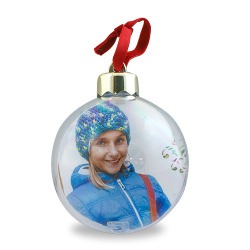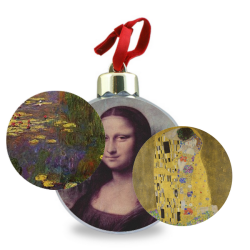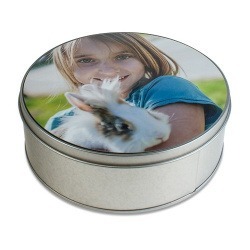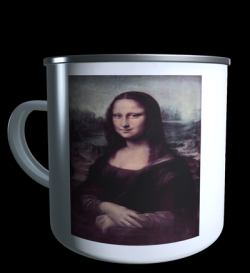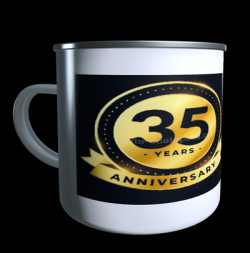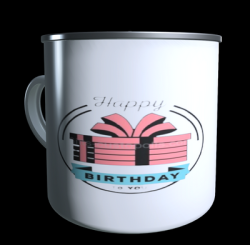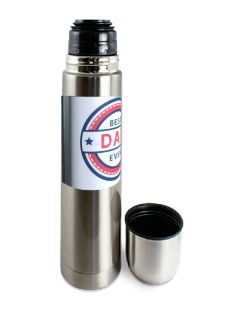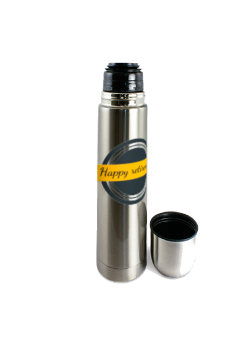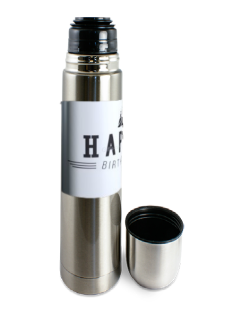Christmas bauble to...
Christmas baubles are a must for decorating the Christmas tree. The tradition of a decorated tree is ancient since the Celts already decorated a tree, a symbol of life at the time of the winter solstice. A Christmas ball which historically was shaped like a ball and which today can take many forms. Over the years, Christmas decorators have made Christmas ornaments out of different materials such as glass or plastic, etc. The prices of these "Christmas baubles" range from a few centimes for those mass-produced to several tens of euros for the "artisanal baubles" created by glass-blowers and artists. Lovers of Christmas enchantment are prepared to spend staggering amounts of money to obtain decorations, Christmas balls that become more and more incredible every year. The Christmas bauble that we offer is the ideal gift for the festive season, for the lovers of Christmas decorations who are more and more numerous nowadays. The Christmas bauble with a photo is an original gift for a very successful end-of-year party. A gift to offer to your dad, mum or grandmother, with a photo of the children, the newborn baby or why not a photo of the grandparents during their trip inside the Christmas bauble. Offer a beautiful decorative object to embellish the family Christmas tree every year.
- Personalisable





































